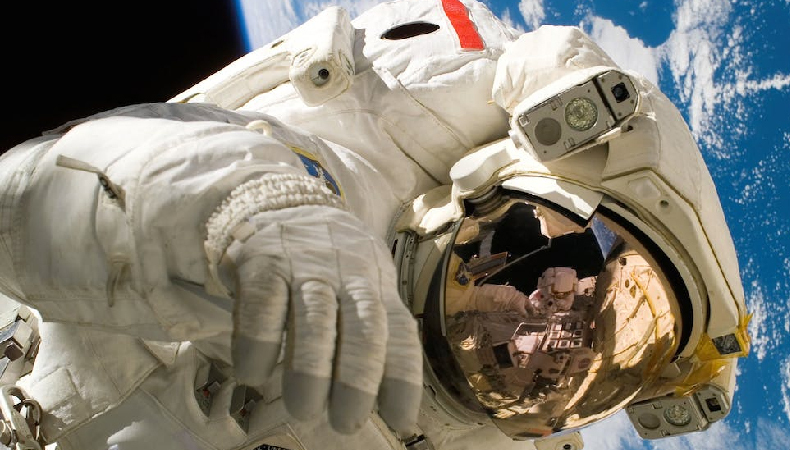US and Russia to Work Together on Delivering Crews to ISS Until 2025

Despite Russia’s war against Ukraine, the US will jointly send crews with Roscosmos to the International Space Station (ISS) until 2025.
Roscosmos said the cross-flights, which involve sending one US astronaut as part of the crew of a Russian spacecraft and one Russian cosmonaut as part of an American crew, were extended to maintain reliability of the ISS operation. The Russian space agency aims to guarantee the presence of at least one representative of Roscosmos on the Russian segment and the presence of at least one representative of NASA on the American segment.
This is one of Russia and US’s rare display of continued cooperation amid ongoing geopolitical tensions and strains in bilateral relations.
ISS, US and Russia
Space can be said to be one of the last remaining areas of cooperation between the United States and Russia. Sources say Russian cosmonauts and western astronauts have sought to steer clear of the conflict in Ukraine, especially when in orbit together.
This cooperation is actually collaboration among the US, Canada, Japan, the European Space Agency and Russia, with the ISS split into two segments – the US orbital segment and the Russian orbital segment. According to a report, the ISS depends on a Russian propulsion system to maintain its orbit, about 250 miles above sea level. The US is responsible for electricity and life support systems.
Roscosmos plans on using the International Space Station until 2028.
Russia Wants to Land on the Moon
Russia also has ambitious space missions in the pipeline, including sending cosmonauts to the moon next decade. Moscow wants to build a moon base from 2031. However, its first moon mission in August failed when its Luna-25 space craft spun out of control and crashed into the moon.
Vladimir Solovyov, Russia’s Chief Designer for Piloted Space Systems, stated in the draft roadmap of the Moon’s exploration that there are preparations for deploying a lunar base in 2031-2040. The construction of the lunar base is scheduled for 2041-2050, and this period is expected to bolster Russia’s priority on the moon.
The draft highlights Russia’s ambitions – extractions and use of water and oxygen on the moon. There are also plans of mining on the lunar surface.




